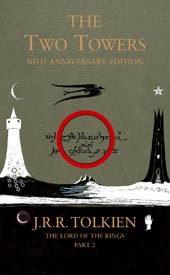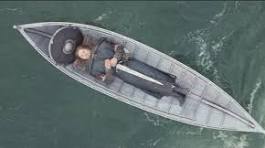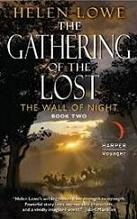Albert Camus Meets “Lord of the Rings”– with A Li’l Helen Lowe Thrown In
“There is no greatness without a little stubbornness… Works of art are not born in flashes of inspiration but in a daily fidelity.”
~ Albert Camus, 1913 – 1960
Nobel Laureate for Literature, 1957



Fidelity is a beautiful word and I particularly like its use here. For me, the reference to daily fidelity encapsulates the day-to-day constancy that brings the artist back to easel or writing desk, to “gambaru” (another great word, from Japanese) until the work makes the essential metamorphosis from inspiration (the “shiny” part), through the hard yards of developing character and narrative, that—if the muses are kind—bring one back to “shiny” at the end.
Sometimes, if the muses are very kind, it all flows from go-to-whoa, but more often (in my experience — and maybe from Camus’ given the quote 😀 ) it can be like Gimli talking about opening up dwarven caves in The Two Towers:

“With cautious skill, tap by tap — a small chip of rock and no more in a whole anxious day — so we would work…and open up new ways, and display far chambers that are still dark, glimpsed…beyond fissures of rock…”
The stubborn-ness and the fidelity lie in trusting to that original vision and keeping going, whether “tap by tap” or shooting the creative equivalent of the rapids—or even the falls—of Rauros, on the great river Anduin.

The approach to Rauros falls: ‘The Lord of the Rings’
Clearly, I’m still in The Lord of the Rings with that latter analogy. 😀 Readers of the trilogy may recall that Boromir’s elven funeral boat shot both rapids and falls (again in The Two Towers), so that his brother, Faramir, beheld it and him as the river passed through Gondor.
“I saw a boat floating on the water, glimmering grey…[which] turned toward me and stayed its pace…It bore Boromir, my brother, dead. I knew his gear, his sword, his beloved face.”

Boromir in the funeral boat: ‘The Lord of the Rings’







